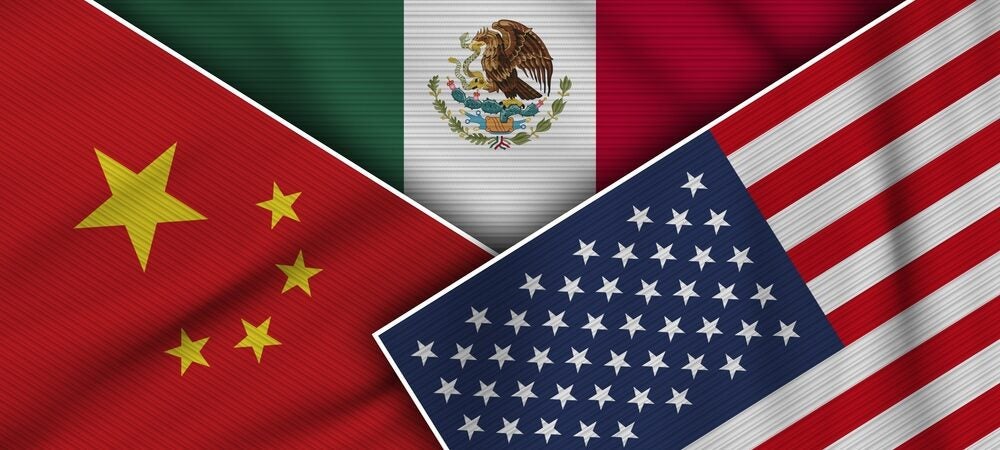The strategic shift toward utilizing Mexico as a manufacturing hub for Chinese goods destined for the U.S. underscores the evolving dynamics of global supply chains.
The global supply chain is an ever-changing landscape, always looking to implement the most efficient and effective means to ensure products are sourced, manufactured and delivered as quickly and safely as possible. Many companies have relied on specific regions for sourcing and manufacturing over the decades, but a new survey indicates that the interest is at unprecedented levels. According to a QIMA survey, the appeal of shortened supply chains has reached a record high, with more than 64% of businesses globally expressing interest in nearshoring and reshoring strategies for 2024.
In 2023, a significant shift was already underway, with more than half of the surveyed participants reporting increased purchases from domestic and regional suppliers. This trend, driven by a desire to reduce disruptions, ensure greater supply chain resilience and underscore ESG initiatives, is set to gain even more momentum in the coming year.
While the United States has long relied on Chinese imports driven primarily by cost considerations, access to a large manufacturing base, the wide range of products available to manufacture/develop in the region, geopolitical tensions and trade uncertainties have prompted a reevaluation of this dependency, leading to a significant shift in supply chain dynamics. Even more so, the COVID-19 pandemic exposed the massive dependency the West had on China and other South Eastern Asia countries.
Concerns grow
Concerns over trade disputes, tariffs and geopolitical risks continue to intensify, especially as the U.S. enters another high-profile election year. U.S.-based businesses continue to seek alternative sourcing destinations to diversify their supply chains and mitigate potential disruptions.
While some may view nearshoring and reshoring as protectionist measures, they present real opportunities to foster additional global economic growth, job creation and sustainability initiatives. Mexico has emerged as a preferred destination for these nearshoring and reshoring efforts, especially for U.S. companies seeking to optimize their supply chains.
In fact, the U.S. Commerce Department released data that reinforced Mexico as the top source for goods to the U.S., ahead of China for the first time in two decades.
The Chinese manufacturing industry has also recognized the importance of reshoring and the continued growth of Mexico’s manufacturing sector for U.S. companies. Mexico offers several advantages, including proximity to the U.S. market, favorable trade agreements like the USMCA (United States-Mexico-Canada Agreement), and a skilled labor force at competitive costs.
Leveraging Mexico as an intermediary for Chinese manufacturing provides a buffer against escalating disputes and tariffs, ensuring continuity in supply chains and preserving market access for both exporters and importers. This strategic alignment fosters stability and facilitates smoother trade relations amidst geopolitical uncertainties.
From a supply chain perspective, this strategic shift holds several implications. For one, it reduces reliance on a single source of supply, enhancing resilience and risk management capabilities. By diversifying manufacturing locations, companies in all countries can better navigate geopolitical uncertainties, trade disruptions and unexpected events, such as natural disasters or political instability.
Additionally, the proximity of Mexico to the U.S. market offers logistical advantages, including shorter lead times, reduced transportation costs and increased agility in responding to changing consumer demand. This geographical strategy aligns with the growing trend toward nearshoring and regionalization of supply chains, driven by the need for speed, flexibility and responsiveness in today’s competitive business environment.
The strategic shift toward utilizing Mexico as a manufacturing hub for Chinese goods destined for the U.S. underscores the evolving dynamics of global supply chains. By diversifying sourcing destinations, businesses can enhance supply chain resilience and efficacy, navigate geopolitical unease and maintain seamless trade relationships amidst an increasingly complex and uncertain landscape.
Ivan Hernandez is managing director, Mexico, for QIMA, which provides quality control solutions for supply chains.
To read the full article as it was published by Supply Chain Management Review, click here.

